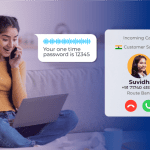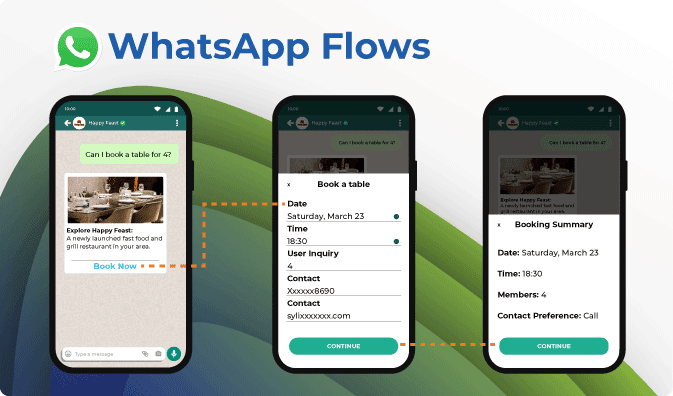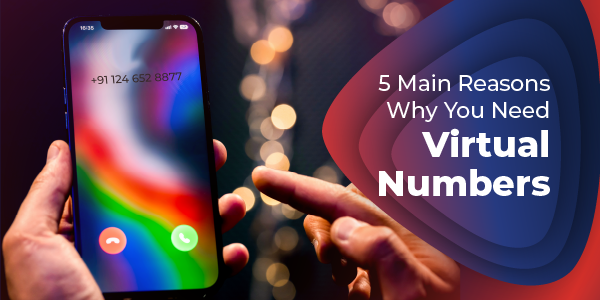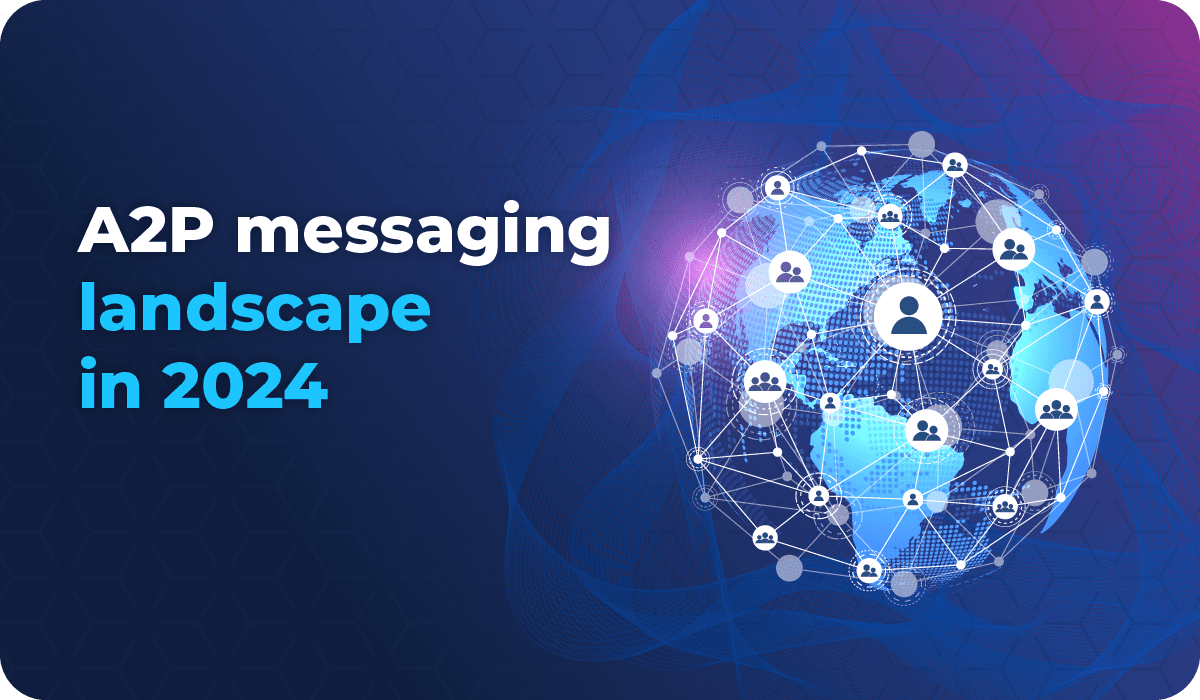According to FinancesOnline, the global market for VoIP services is expected to grow to $102.5 billion by 2026, driven by the cost benefits over circuit-switched networks. Unlike traditional phone systems, video VoIP services do not require any physical infrastructure or wiring, making them more flexible and cost-effective. In this article, we will explore how you can utilize the power of API’s to enhance rich video availability to your customers.
Summary:
Benefits of Video API for e-commerce Businesses
 Reduced bandwidth and storage costs
Reduced bandwidth and storage costs
Video files are usually large and consume a lot of bandwidth and storage space. A video API can help reduce these costs by automatically transcoding videos into different formats and codecs that are suitable for different devices and networks. It also supports adaptive bitrate streaming, which ensures the highest quality video without interruptions or buffering.
 Improve performance and user experience
Improve performance and user experience
A video API can also help improve the performance and user experience of e-commerce applications by delivering videos faster and more reliably. A video API can use multiple CDN networks and dynamic switching to deliver videos from the closest and fastest server to the user. It can also use AI-based transformations to dynamically adapt videos for web, mobile app, social media, and IoT devices. For example, Amazon Interactive Video Service (Amazon IVS) makes creating live video streams simpler than ever. It allows e-commerce businesses to build interactive platforms that go beyond traditional e-commerce experiences.
 Enhance creativity and interactivity
Enhance creativity and interactivity
A video API can also help e-commerce businesses enhance their creativity and interactivity with their customers by allowing them to add layers, effects, overlays, subtitles, and more to their videos. They can also use templates and widgets to generate videos at scale with consistent branding and personalization. For example, RapidAPI’s Video Maker API allows developers to make videos from a series of images, clips, some text, music, and voice-over. It is mostly used by e-commerce and retail businesses to create engaging product videos in bulk.
 Increase conversions and sales
Increase conversions and sales
A video API can also help e-commerce businesses increase their conversions and sales by enabling them to create shoppable videos that allow customers to browse product details and make purchases in real time. They can also use user-generated videos to showcase authentic reviews and testimonials from their customers. For example, Geekflare’s Video Generator API allows developers to create stunning videos from images or text. It can be used by e-commerce businesses to create shoppable videos that showcase their products in action.
Also Read: How Does the Voice API Deliver a Better Customer Experience?
According to FounderJar, 63% of startups, 34% of SMEs, and 32% of large-scale organizations use business VoIP software.
How to use Video API to Enhance Product Demos and Customer Engagement
Video API is a powerful tool that can help you create engaging and interactive product demos and customer experiences. With video API, you can easily integrate live video streaming, recording, playback, and analytics into your website or app. You can also customize the video player, add interactive features, and control the video quality and bandwidth. Here’s how to use a video API to enhance product demos and customer engagement.
 Product demos
Product demos
E-commerce businesses can use a video API to create captivating product demos that showcase the features, benefits, and value propositions of their products. They can also use live video streams to demonstrate their products in real time and answer questions from their customers. For example, an online clothing store can use a video API to create a virtual fitting room that allows customers to see how different outfits look on them. They can also use live video streams to host fashion shows or tutorials that feature their products.
 User-generated reviews
User-generated reviews
E-commerce businesses can use a video API to encourage their customers to share their feedback and opinions on their products through user-generated videos. They can also use AI-based moderation tools to filter out offensive or inappropriate content. For example, an online beauty store can use a video API to allow customers to upload videos of themselves using their products. They can also use AI-based enhancements to normalize the quality and appearance of the user-generated videos.
 Live events
Live events
E-commerce businesses can use a video API to host live events that create excitement and buzz around their products or services. They can also use interactive features such as polls, quizzes, chat rooms, or shoppable buttons to engage with their customers during the live events. For example, an online bookstore can use a video API to host live book launches or author interviews that feature their products. They can also use interactive features such as polls or quizzes to test their customers’ knowledge or preferences on the books or authors.
 Shoppable videos
Shoppable videos
E-commerce businesses can use a video API to create shoppable videos that allow customers to browse product details and make purchases directly from the videos. They can also use customizable widgets or integrations with analytics or e-commerce systems to track the performance and conversions of their shoppable videos. For example, an online furniture store can use a video API to create shoppable videos that feature their products in different settings or scenarios. They can also use customizable widgets or integrations with analytics or e-commerce systems to measure the impact of their shoppable videos on their sales.
Conclusion
Video is an essential tool for e-commerce businesses to showcase their products, attract customers, and increase conversions. According to GMI Insights, the customer service application segment of the VoIP market is expected to register 10% CAGR from 2023 to 2032. You can find thousands of APIs for different categories, such as media, E-commerce, social media, and more. You can also test them out directly from your browser and connect them with your favorite programming languages and frameworks. To know more on how to connect Video API’s to your business touchpoints, get in touch with our experts today.


 Reduced bandwidth and storage costs
Reduced bandwidth and storage costs Improve performance and user experience
Improve performance and user experience Enhance creativity and interactivity
Enhance creativity and interactivity Increase conversions and sales
Increase conversions and sales
 Product demos
Product demos User-generated reviews
User-generated reviews Live events
Live events Shoppable videos
Shoppable videos







